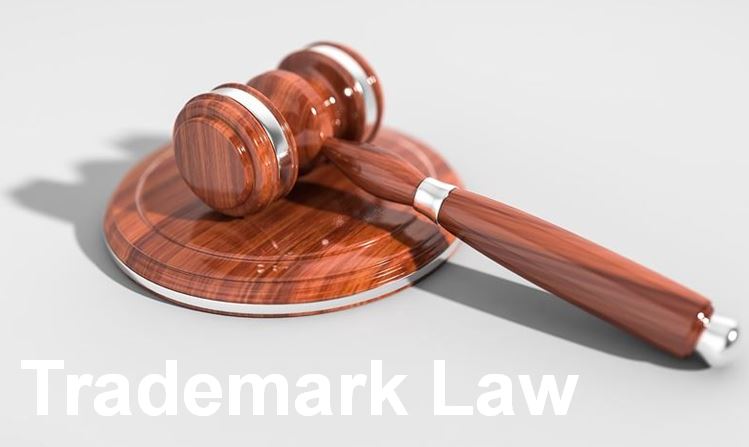The New Finnish Trademarks Act will enter into force on 1 May 2019

- Anne Laukkasuo
- –

- Jemina Koskela
- –
- News
- –
- 29.4.2019

The reform of the Finnish Trademarks Act has reached the final steps as the new Act has been ratified by the President of Finland on 26 April 2019. The new law will enter into force on 1 May 2019 implementing EU Trademark Directive ((EU) 2015/2436) and Singapore Treaty (Singapore Treaty on the Law of Trademarks 2006) and introducing a number of significant changes to the current trademark practice.
The aim of the reform is to get a clear, consistent and modern Act that enables a completely digital trademark process. The most relevant amendments to be adopted in the reform are outlined below.
Elimination of graphic representation requirement
The requirement for graphic or visual representation of a trademark will no longer be a prerequisite for protection. In line with the provisions in the European Union Trade Mark Regulation (EUTMR), the new provision now states that all trademarks which can be represented in the trademark register in such a way that the competent authorities and the public can “clearly and unambiguously determine the object of trademark protection” will be admitted for registration. The aim of this change is to facilitate the registration of new trademark forms, such as sound marks or multimedia marks.
New practice on black and white trademarks
Black and white trademarks filed under the new law will cover only the black and white version of the mark. It is important to note that trademarks filed and registered under the new practice in black & white but used in color can be invalidated by third parties due to non-use after five years.
Term of protection
The term of protection for trademarks filed under the new law expires 10 years after the filing date instead of the registration date.
New classification provisions
One of the most significant changes of the reform applies to the classification of goods and services and what a list of goods and services is considered to cover. The main objective of this amendment is to make the trademark register clearer and more uniform. Under the new Act, applicants must clearly identify and sufficiently specify the applicable goods and services covered by the trademark.
The new Act offers trademark owners an opportunity to specify list of goods and services of trademark registrations which meet one of the following criteria:
- Filing date before 1 October 2012 and the list covering the entire class headings
- Filing date before 1 October 2012 and the list otherwise covering the entire class (i.e. including the term “all goods”)
- Filing date between 1 October 2012 and 31 December 2013 and the list covering all goods in the Nice alphabetical list.
The specification can be filed at any time after the new Trademarks Act has entered into force, and at the latest in connection with the next renewal of the trademark.
If no specification is requested, the scope of protection of the trademark registration is limited to those goods and services that are clearly covered in the literal meaning of the class heading in question. However, this does not apply to applications filed between 1 October 2012 and 31 December 2013 containing also references to the Nice alphabetical list. If the owner of such registration does not request specification, the Office will confirm that each class of the registration covers all the goods and services of the Nice alphabetical list and removes references to the Nice alphabetical list.
The above specification requirements also apply to international registrations designating Finland.
New administrative revocation procedure
Once the new legislation comes into force, it will be possible to apply for administrative revocation and invalidation of trademark registrations at the Finnish Patent and Registration Office as an alternative to filing revocation or invalidation action to the Finnish Market Court. Registered company names can also be cancelled through an administrative procedure at the PRH in the future.
Amendments to opposition proceedings
In opposition proceedings, it will be possible to request the proof of use of the opponent’s trade mark, if it has been registered for more than five years. The new Act also introduces possibility for the parties to file a joint request for suspension of the proceedings.


